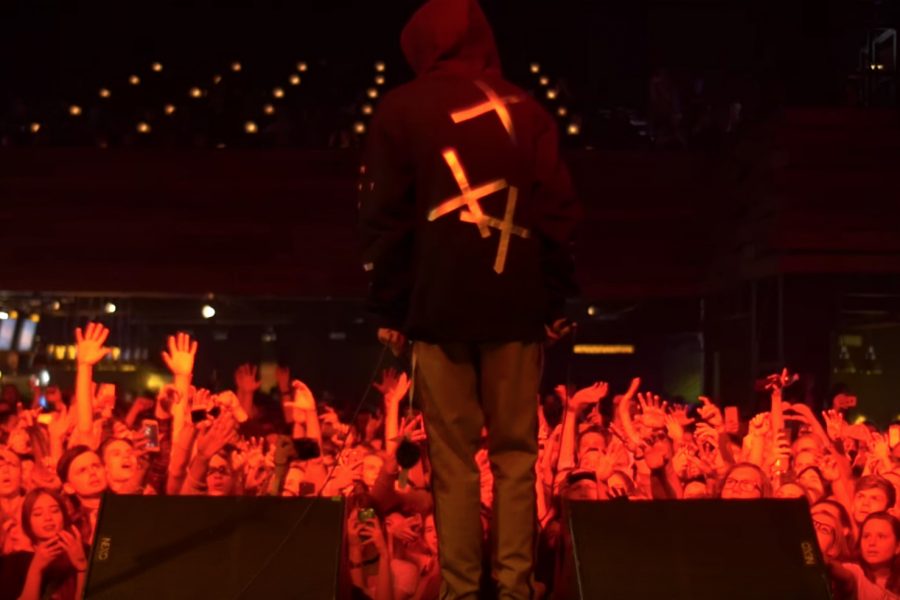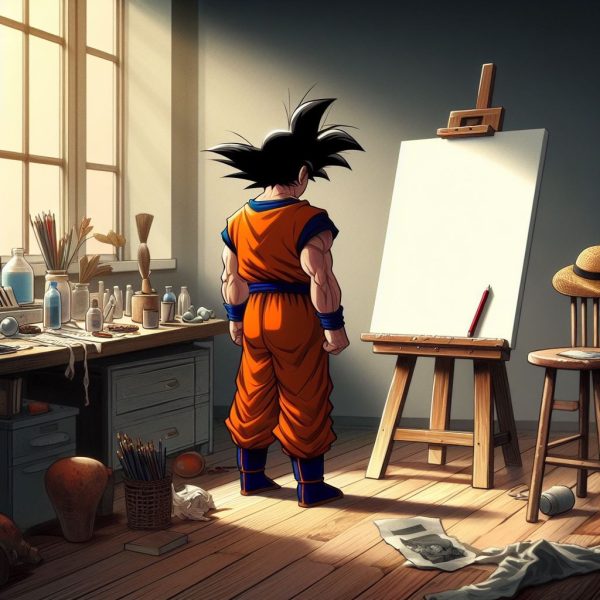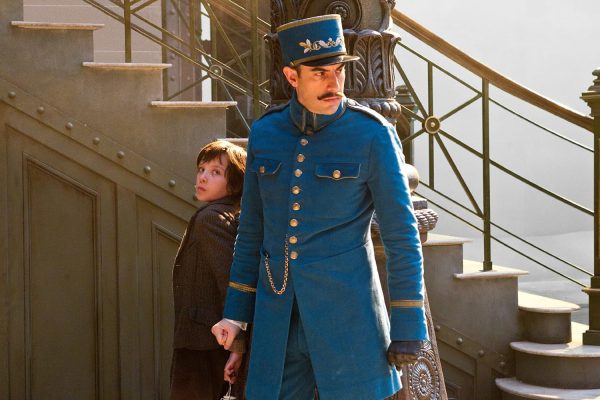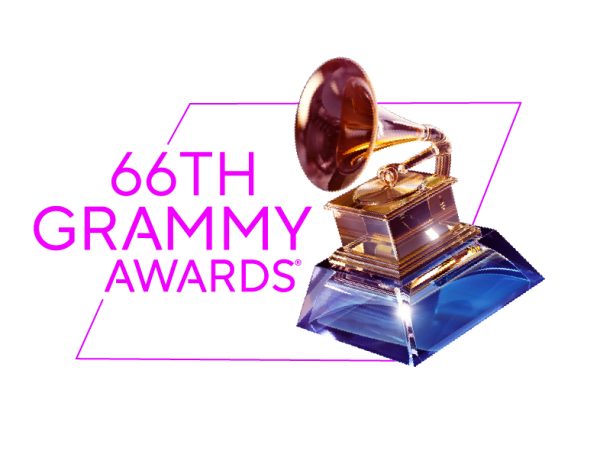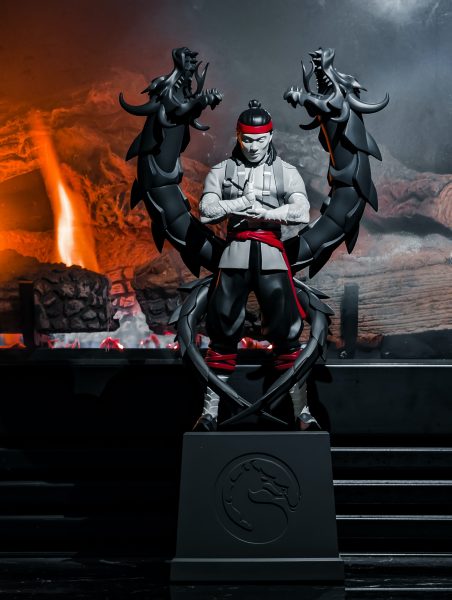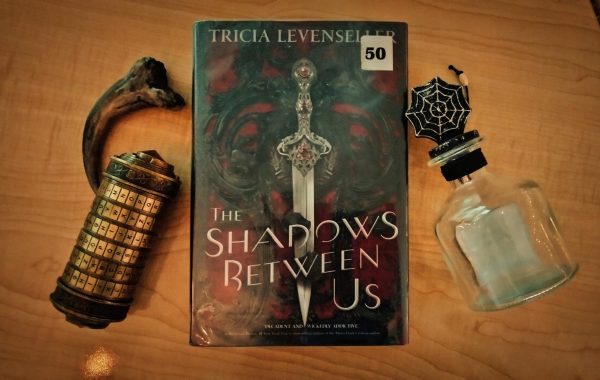The History of “Emo Rap”
Lil Peep concert in Moscow of 2017
February 10, 20201,500 Views
As long as there has been creative expression, people have used it to convey their emotions in a space unique to them. Whether this be the joyfulness we see in works such as Winnie the Pooh, or the gentleness we see in Bob Ross’ paintings, we can all agree that emotion can be a truly wonderful thing to express.
There has also been a darker side to this, obviously, and as time has passed, the themes of negativity from people in pain have provided solace for many others, primarily through music. Sharing negativity makes people feel connected in their pain, and many have talked about how listening to sad music has made them feel better, even if it was only for a song’s duration. In this article, the current state of “emo rap” music will be explored & discussed, and maybe you will discover a new world of music you haven’t been introduced to.
To talk about emo rap, we need to first go back to its origin. The roots of emo rap were inspired by the rock, metal, and rap groups from the past 30 to 40 years. Artists like Metallica, Linkin Park, Lil Wayne, Eminem, and many, many others inspired the sound of the 2000s, where people believe the start of emo rap began. Artists like Casper, Yung Lean, and Kid Cudi were able to contribute to what is considered the start of emo rap. Although they may not have been considered emo rappers, they were able to expand this new genre through the use of depressing lyrics, rock-inspired beats, and catchy melodies.
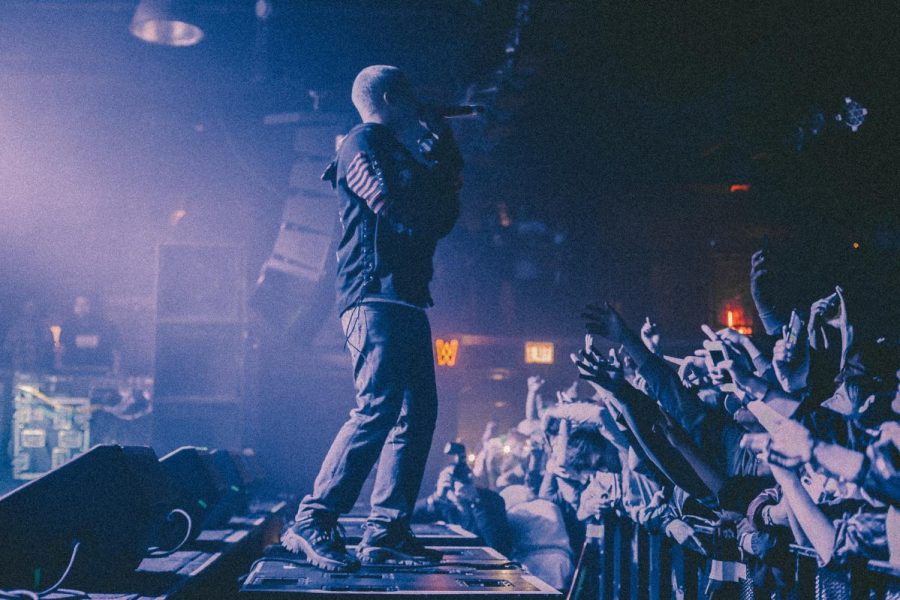
Yung Lean concert in Chicago of 2016
The origins of emo rap allowed artists to express powerful thoughts and feelings in the world of hip-hop, and this was very different from the traditional hip-hop sound back then. Melody was heavily favored to convey a feeling of being human, which compared to other lyrics at the time, was a change of pace. Many people used this to produce hit after hit on SoundCloud, due to its wide audience. Within a few years, emo rap became a recognized subgenre of rap, and it has garnered respect over time.
One of the main pioneers of modern emo rap is an artist called Bones. He combined rap with the older sounds of rock bands to form the base for all modern emo rap, and became one of the first emo rappers. He inspired many recognizable artists like Lil Peep, Lil Tracy, XXXTentacion, and Juice WRLD, and he dramatically popularized and expanded the sound of emo rap. Coming from Bones’ influential style are hit songs like “Jocelyn Flores” by XXXTentacion, “Lucid Dreams” by Juice WRLD, “Witchblades” by Lil Peep and Lil Tracy, “XO Tour Llif3” by Lil Uzi Vert, “lonewolf” by convolk, and “Love Me More” by Trippie Redd, just to name a few.
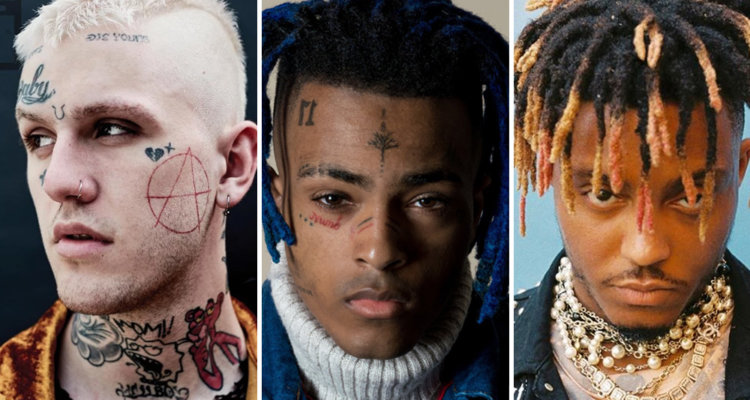
Emo rap has become a global phenomenon, and it’s not hard to see why. Its powerful lyrics, captivating melodies, and large appeal draw in thousands of new listeners a day. Smaller artists like convolk, gucchihighwaters, shinigami, guardin, and nothing,nowhere are paving a new road for underground emo rap, which is a scene that many should pay attention to in addition to the mainstream artists. It doesn’t look like this trend is slowing down in the near future, so checking out emo rap might provide you with some high quality music, and a new perspective about the genre may help some appreciate it more.
Written by Rahm Jethani



